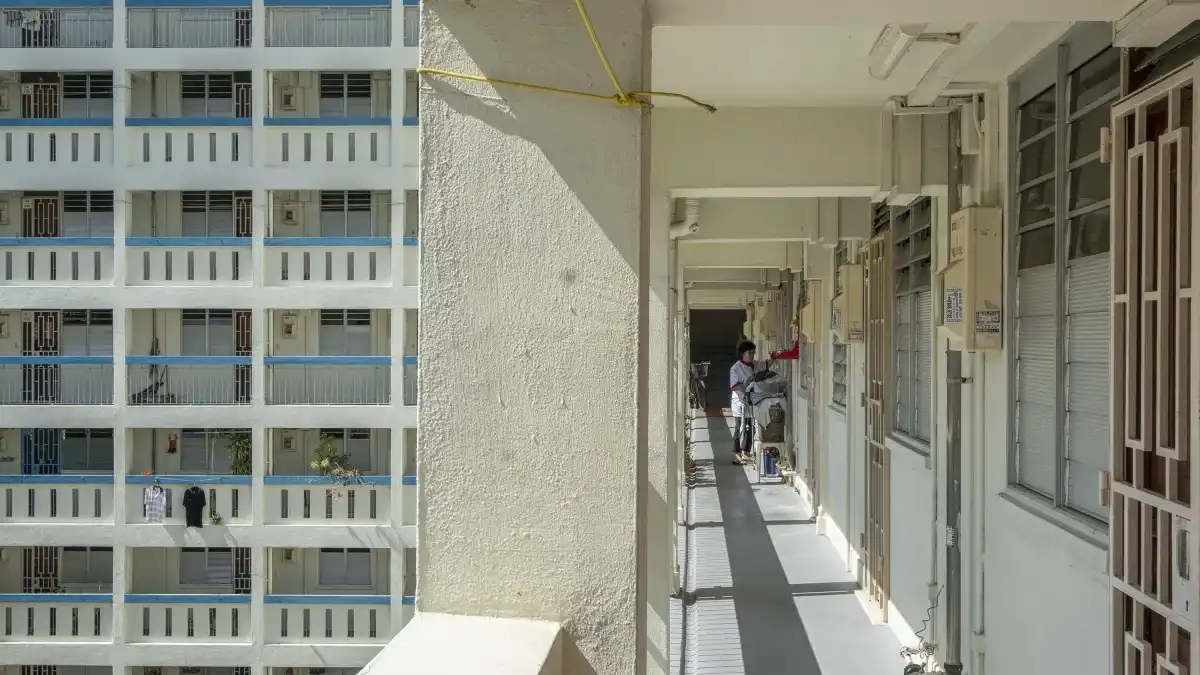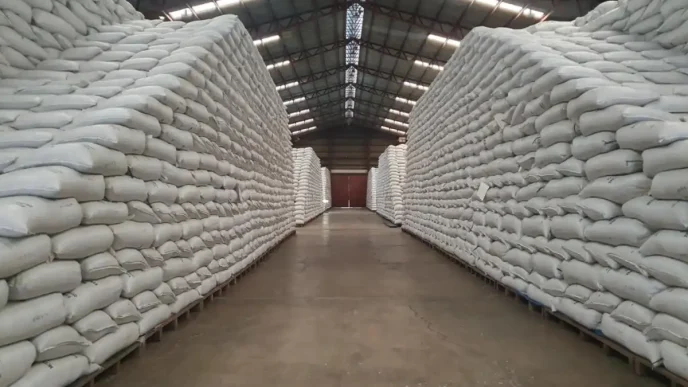In Singapore, a city-state renowned for its modern skyline and meticulously planned urban landscape, a growing number of ageing condominiums are grappling with deteriorating infrastructure and inadequate sinking funds. As these residential complexes, many built decades ago during the nation’s rapid urbanization, reach the twilight of their structural lifespans, residents and property managers face mounting challenges in maintaining safety and livability. The issue not only threatens the quality of life for thousands of homeowners but also raises broader questions about urban planning and financial preparedness in one of Asia’s most prosperous hubs.
The Cracks in Singapore’s Condo Legacy
Singapore’s residential landscape is dotted with condominiums constructed in the 1970s and 1980s, a period of intense development as the city-state transformed into a global economic powerhouse. These buildings, once symbols of modernity and middle-class aspiration, are now showing signs of wear. Leaking roofs, corroded pipes, malfunctioning elevators, and crumbling facades have become common complaints among residents. In some cases, the deterioration poses significant safety risks, with reports of falling debris and electrical hazards.
The problem is compounded by the sheer scale of ageing properties. While exact numbers vary, industry estimates suggest that a substantial portion of Singapore’s private residential stock is over 30 years old. Many of these condos were built with design lifespans of 50 to 60 years, a threshold some are now approaching or surpassing. Without timely intervention, the structural integrity of these buildings could be compromised, potentially leading to costly repairs or, in extreme cases, mandatory evacuations.
Beyond the physical decay, the issue highlights a critical gap in long-term urban planning. Singapore’s stringent building codes and maintenance standards are well-known, but the mechanisms for ensuring older properties remain viable have not always kept pace with the city’s rapid growth. As newer, glossier developments continue to dominate the skyline, older condos risk being left behind, both in terms of infrastructure and market value.
Sinking Funds: A Financial Lifeline Running Dry
At the heart of the crisis lies the issue of sinking funds—mandatory reserves set aside by condominium management committees to cover major repairs and replacements. Under Singapore’s Building Maintenance and Strata Management Act, condo owners are required to contribute to these funds, typically through monthly maintenance fees. However, in many older developments, these reserves are woefully inadequate to address the scale of repairs needed today.
Property management experts point to several reasons for the shortfall. In the early years of many condos, sinking fund contributions were often set at conservative levels, reflecting lower anticipated costs for maintenance. Inflation, coupled with the rising cost of construction materials and labor, has since outstripped these projections. Additionally, some management committees have historically prioritized keeping maintenance fees low to appease residents, deferring necessary contributions to the sinking fund. The result is a financial gap that leaves many condos unprepared for large-scale repairs, such as replacing ageing plumbing systems or retrofitting elevators to meet modern safety standards.
For residents, the consequences are twofold. First, they face the immediate burden of deteriorating living conditions, with basic amenities like water supply and waste management often disrupted. Second, when major repairs become unavoidable, owners are frequently hit with hefty special levies—unexpected one-time payments to cover the shortfall in sinking funds. These levies can run into tens of thousands of dollars per household, placing significant financial strain on middle-income families and retirees who form a large portion of these condo communities.
Urban Renewal or Financial Ruin?
One potential solution to the ageing condo crisis is en bloc sales, a process where owners collectively sell their development to a developer for redevelopment. In Singapore, en bloc sales have historically offered a way out for owners of older properties, often yielding substantial payouts as developers snap up prime land for new projects. However, the process is fraught with challenges, requiring at least 80% of owners (by share value and strata area) to agree to the sale. In many ageing condos, achieving this consensus is difficult, as some residents—particularly long-term owners with emotional ties to their homes—resist relocation.
Moreover, the en bloc market has cooled in recent years due to tighter government regulations and a softening property market. Developers are increasingly selective, focusing on properties in prime locations with high redevelopment potential. For condos in less central or less desirable areas, the prospect of an en bloc sale remains elusive, leaving residents with few options to escape the cycle of decay and debt.
Government intervention offers another avenue for resolution, though it comes with its own complexities. The Singapore government has introduced measures to encourage building upgrades, such as grants and subsidies for retrofitting older structures to meet energy efficiency and safety standards. However, these initiatives often target public housing—managed by the Housing and Development Board (HDB)—rather than private condominiums. While the government has signaled its awareness of the issue, there remains no comprehensive policy framework to address the specific challenges faced by private condo owners.
The Human Cost of Ageing Infrastructure
Beyond the financial and structural dimensions, the crisis has a profound human impact. Many residents of ageing condos are elderly, having purchased their units decades ago as part of their retirement plans. For these individuals, the escalating costs of maintenance and the uncertainty of their living conditions add significant stress to their daily lives. Community cohesion, once a hallmark of condo living in Singapore, is also fraying as disputes over levies and repair priorities pit neighbors against each other.
Younger families, meanwhile, face their own dilemmas. Many purchased units in older condos as a more affordable entry into Singapore’s notoriously expensive property market, only to find themselves saddled with unexpected costs and declining property values. The dream of homeownership, a cornerstone of Singaporean society, risks turning into a financial burden for these households.
A Broader Warning for Urban Asia
Singapore’s struggle with ageing condos serves as a cautionary tale for other rapidly urbanizing cities across Asia. From Jakarta to Bangkok, the region is dotted with residential towers built during similar periods of economic boom, many of which will soon face the same issues of infrastructure decay and funding shortfalls. Singapore, with its robust governance and financial resources, is arguably better equipped to tackle these challenges than most. Yet even here, solutions remain elusive, underscoring the scale of the problem facing urban planners and policymakers across the continent.
Some experts advocate for proactive measures, such as mandatory sinking fund audits and stricter regulations on contribution levels, to prevent similar crises elsewhere. Others call for innovative financing models, such as government-backed loans or public-private partnerships, to fund large-scale retrofitting projects. What is clear, however, is that addressing the issue requires a delicate balance of financial pragmatism, community engagement, and long-term vision—elements that are often in short supply when dealing with ageing infrastructure.
Looking Ahead: Can Singapore Pave the Way?
As Singapore grapples with the challenges of its ageing condominiums, the stakes extend far beyond the city-state’s borders. The solutions it develops—or fails to develop—could shape urban renewal strategies across Asia, where millions of residents live in similarly ageing structures. For now, condo owners in Singapore face an uncertain future, caught between the high costs of maintenance and the elusive promise of redevelopment.
The path forward will likely require a combination of government support, industry innovation, and resident cooperation. Whether Singapore can strike this balance remains to be seen, but the urgency of the issue is undeniable. As the city-state continues to project an image of modernity and efficiency, the cracks in its older condos serve as a stark reminder that even the most meticulously planned urban environments must confront the challenges of time.
















